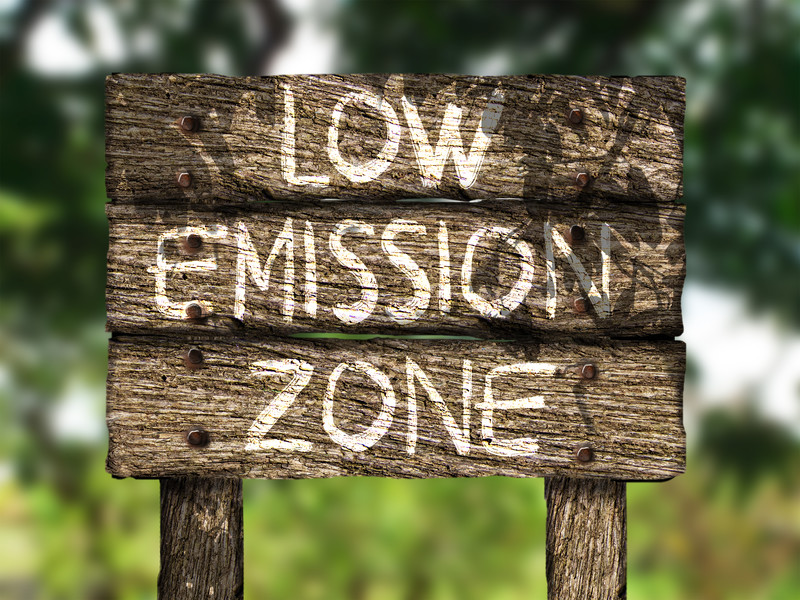Meeting the carbon budgets proposed by the Climate Commission requires a fit-for-purpose electricity system and market able to cope with the heavy lifting required for rapid electrification and uptake of renewable, distributed energy resources (DER).
There is no escaping that material changes to regulatory settings for the whole electricity supply chain are needed to meet the proposed carbon targets and maintain security and reliability of supply at least cost.
Plenty has been said on the type of changes required
The Productivity Commission described the type of changes required in its Low-emissions economy report from August 2018. The Electricity Networks Association (ENA) Network Transformation Roadmap published in April 2019 clearly describes what needs to happen to avoid putting the brakes on electrification, slowing uptake of distributed energy resources (DER), and making it harder (and more expensive) to meet carbon reduction targets.
More recently, the System Operator has produced a series of reports providing useful insights into the electrification challenge and highlighting some relevant changes to regulatory settings.
Making the changes has not received much priority though. There have been isolated examples of progress toward a more flexible electricity market and system which accommodates electrification and much more DER. But there is little conversation about delivering the list of changes outlined by the Productivity Commission, ENA or System Operator and others.
How is the conversation going?
In September 2020, Transpower (as System Operator) published a report by Sapere ‘Distributed Energy Resources – Understanding the potential’. The report was intended to ‘stimulate a discussion on how the electricity industry and market may need to evolve in order to harness the potential benefits of DER.’
In March 2021, the Aotearoa New Zealand’s premier energy sector conference, NZ Downstream 2021, will take place in Lower Hutt. The agenda does not put much emphasis on stimulating a discussion on the challenges and opportunities for the sector in transitioning to a low emissions economy and improving the wellbeing of people. Yeah, nah, nothing to see here, or…?
There are important questions not obviously or publicly being asked. Three good questions were posed in that Sapere report for the industry to consider:
- Where does the industry leadership come from for DER integration into the current system and arrangements, where the problem is economically and technically complex, and the solution could be a world first?
- Is there broad enough support for a difficult transition and, if not, how can that be secured?
- What is the process to engage a diverse set of stakeholders, which needs to include innovators, aggregators, technology developers and market participants?
So far, the silence is deafening. There’s limited and generally siloed leadership being shown by parties with the capability and capacity to make things happen.
Some more questions…
Where are the coordinated pilots of how things could be? Where is the clear, but flexible vision of how things should be, such as an equivalent of the Australian Energy Security Board’s Post-2025 Market Design Directions Paper?
Continuing to delay delivering on the list of changes outlined by the Productivity Commission, ENA, System Operator and others will put the brakes on electrification, slow uptake of DER, and make it harder (and more expensive) to meet carbon reduction targets. Electricity consumers, our economy and the climate will be worse off.
This is the second of a series of collaborative articles put together by Aotearoa New Zealand electricity industry innovators, Cortexo and Our Energy, supported by Craig Evans of CTQ Advisors.
Our aim is to ask the questions not being asked. And share our view of the answers to these hard questions.
Get in touch with your hard questions and answers. We want to build the community of people, businesses and organisations wanting greater urgency in how the electricity sector responds to the climate emergency. The status quo simply does not cut it. And given current priorities, it’s very difficult to be confident the electricity sector will deliver the openness, flexibility, equity and drastically lower emissions at anywhere near the speed that is required to meet our carbon budgets in a cost-effective way.
In the third article of our series, we ask: How much could the lack of urgency cost us?


